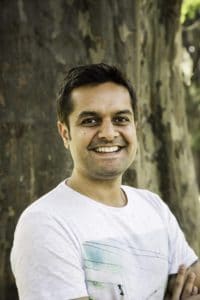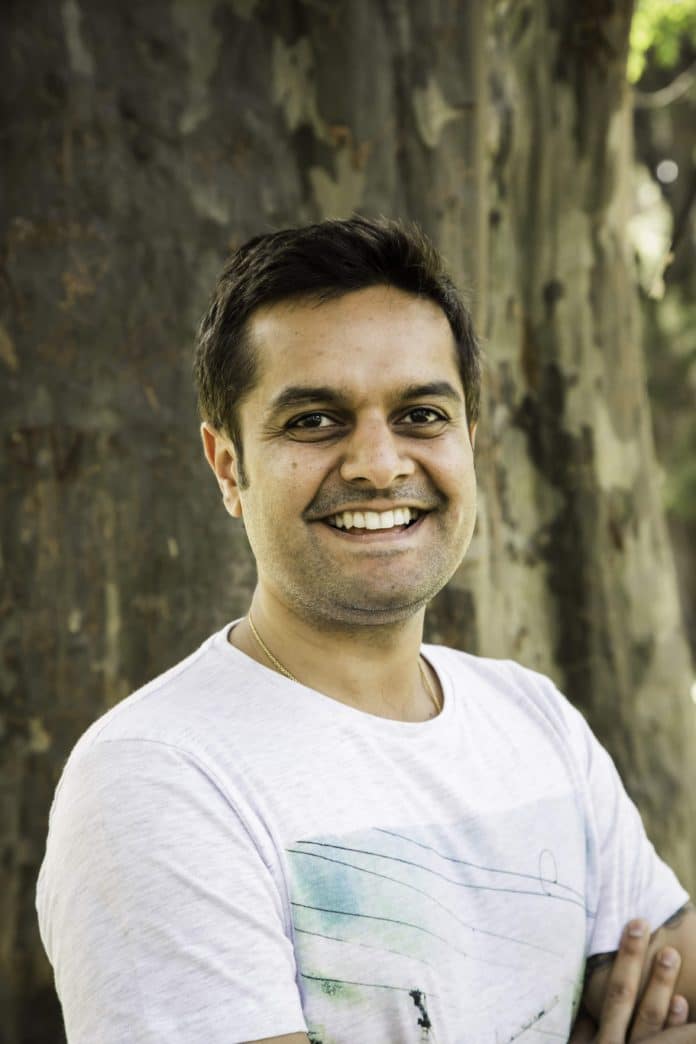The Internet of Things (IoT) is beginning to take the world by storm, but there are other technologies which when combined are able to radically transform what IoT is capable of. Abhishek Narsipur, CEO of Thingstel Tech Solution India Pvt Ltd in an interaction with Electronicsforu.com Network shares his thoughts on the various technology trends that are helping in shaping up a strong IoT ecosystem in India.

Q) In your opinion, which are the top 3 technologies that are shaping the future of IoT? How are they influencing the future of IoT?
In my opinion, three technologies that are shaping up the future of IoT include – Low Powered Wide Area Network, Cloud Computing and the use of Artificial Intelligence-based Machine Learning models.
Cost has been one of the major entry barriers for larger deployment of IoT solutions. Low Powered Wide Area Network (LPWAN) with its inherent features is able to bring down the cost of device and connectivity thus being able to counter the problem of high costs.
With an estimated 50 billion connected devices by 2025, we will be seeing a lot of data being collected using IoT devices. This will make use of local servers for data storage and processing difficult. The use of cloud-based services becomes critical for this requirement.
Finally, also because of the above reason it makes it impossible for the data to be analysed by people owing to the fact that there are huge data sets to be worked on. Use of Artificial Intelligence is a requirement to not use make sense of this raw data but also being able to derive at insights with low latency and pass it to key stakeholders for decision automation. A lot of times, it could be to do a trend analysis or detect anomalies.
Q) Between the cellular and NB-IOT/LPWA families of wireless technologies–which one are you betting upon? Why?
Having quoted LPWAN as one of the technology to look out for that is shaping the IoT market, we are bullish on these technologies including NB-IoT. However, what one needs to understand is that there is no one technology for all. While LPWAN does reduce the overall costs and also brings in feasibility for use cases which were not earlier, cases that require higher bandwidth may still need to use cellular, Wi-Fi and wired internet or in some cases even BLE, Zigbee and other short-range communication.
Q) How’s the development of standards (or lack of it) affecting the adoption of IoT?
Today’s development of standards has also done catching up on technologies. We do not foresee this to be a challenge. However, standards are required to make sure of the fair use of these technologies. What is more challenging in adaptation is education to these technologies and that is where we need to have a lot of workshops to not just talk about these technologies and their benefits but to also showcase practically their advantages.
Q) How ready is India’s tech eco-system to develop and deploy IoT solutions?
We think we are right there with the best. As I said, the challenge goes back to educating the customers to see conversions and this takes up a lot of time. In India, we have always shown caution to the adaptation of new technologies.
We at Thingstel started with the industrial sector as they have remained early adopters of technology. Because our solution enables the implementation of Industry 4.0 principles, we have seen a lot of traction in this space. Through technology used in our solutions, we have been able to provide tangible benefits while lowering the cost of deployment.
Further, we have been exploring the agriculture space for use of IoT in Controlled Environment Agriculture (CEA) to improve crop yield. We see a lot of potential for specific CEA techniques like Aquaponics which claim to use water upto 90 per cent lesser than the traditional approach something that’s essential given the current situation.
Q) Do you foresee India’s tech industry developing its own IP and branded products/solutions in the IoT arena?
Yes, there has already been a lot of push towards developing products over services as a part of the valuation for the company. With products, you would always think about how to develop solutions that stand out from other competitors in the market which brings in innovation. We at Thingstel started developing solutions (as a customised platform) to customers and have eventually built our own product portfolio for sectors mentioned above. Our uniqueness is in the way we develop our solutions and that stands as our company asset. We tend to use these assets (hardware and software) individually or in combination to support different use cases across sectors.
Q) How do you see the role, technologies like AI/ML will play in the evolution of IoT solutions?
Like I explained earlier, with Big Data it becomes humanly impossible for us to run analysis on large chunks of data. AI/ML is needed for general data processing. At Thingstel, we use AI-based Machine Learning models to do trend analysis, anomaly detection, future predictions, etc.
For industrial solutions, we have used machine learning extensively for the predictive maintenance use cases to reduce process rejection as well as bring down machine downtime. In renewable, we have been using AI to do future forecasting of power output. Comparing this to actual will help the maintenance team to be proactive thus improve site efficiencies. Similarly for agriculture, we use AI to better crop yield by collecting all important parameters in a Controlled Environment Agriculture (CEA) setup by detecting anomaly on data values.
Q) What’s your opinion on the state of security available for IoT solutions? How do you see the evolution from hereon w.r.t threats and counter-measures?
There has been a lot of focus on the security of IoT data during recent times. Since the data flow starts at the sensor node to the gateway and then to the cloud with visualisation on a front end application, there must be security checks done at each point of data transmission. Device data is encrypted with security keys and certificates while being pushed to the cloud. Over the cloud, the endpoints are encrypted and are accessible only through using pseudo-random tokens assigned to each user.
Q) W.r.t. edge vs cloud–where do you think will we see faster development in the next year or two?
Simply on the basis of capital costs, cloud development is seeing much faster development and broader deployment than the edge. With a shift from Capex to Opex, it would be fair to say that we will see a much faster shift towards the cloud.
Q) What are the key technologies missing, which when made available, will accelerate adoption of IoT across the globe?
We believe there has been innovation in every aspect of IoT solution – device, network, cloud, analytics, and applications. The key remains the integration of all these technologies to be offered for different use cases. Thingstel has been focusing on a horizontal approach towards our offering for this specific reason.
Q) Any thoughts on where to go edge versus where to go cloud?
Edge remains a necessity where information is critical to be pushed out at the right time with low latency. Developing on feedback system using edge devices provides an advantage over cloud-based solutions especially where connectivity/bandwidth is an issue.
At Thingstel, although we are focused around cloud-based solutions do believe in a convergence between the edge and cloud-based solutions to offer a balance for customised solutions depending on the requirement.










